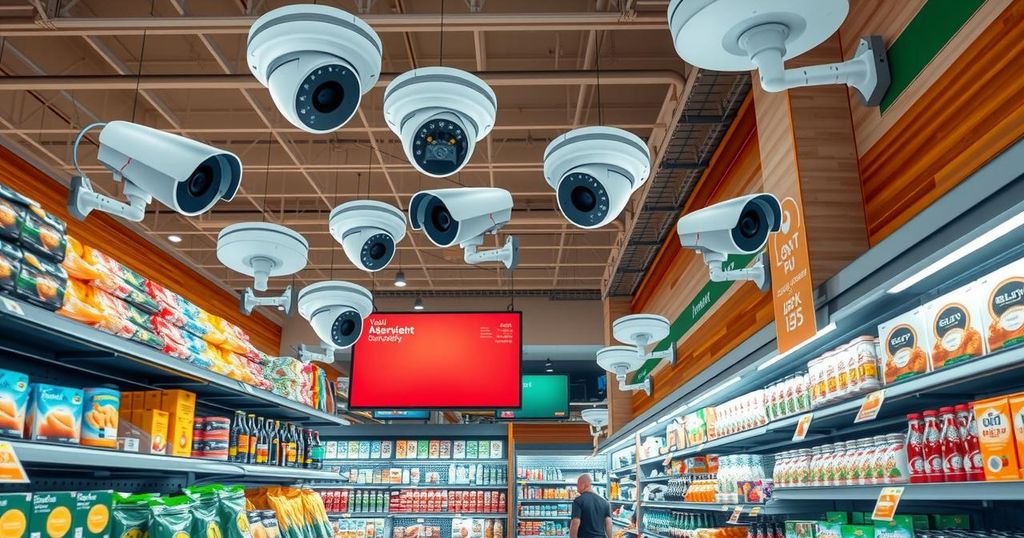The DHS S&T’s RIVTD assesses biometric technologies for ID validation, matching, and attack detection. It highlights key functionalities and limitations while emphasizing the importance of the evaluated systems in combatting identity fraud. Anonymization of vendors presents some challenges in understanding results fully.
The Remote Identity Validation Technology Demonstration (RIVTD), organized by the U.S. Department of Homeland Security’s (DHS) Science and Technology Directorate (S&T) at the Maryland Test Facility, has produced a comprehensive benchmark report on several biometric technologies. These include ID document validation, face biometric matching, and systems designed to detect presentation attacks. The outcomes of RIVTD are critical to enhancing security, especially in fighting identity fraud in online transactions like banking and government services.
Significantly, RIVTD’s results come with some caveats. The demonstration included three distinct evaluation phases, and the anonymity of the participating vendors could limit a clear understanding of the findings. A better grasp of these technologies is vital, given their role as key defenses against identity theft in various online activities.
Collaboration was key to the tests, with contributions from several bodies including the Transportation Security Administration (TSA) and the National Institute of Standards and Technology. The three core focus areas examined were identity document validation, facial recognition matching, and spoof detection, though explicit results are largely undisclosed.
In the ID validation segment, the team tested algorithms against both genuine and fraudulent IDs. This involved a set of 1,000 real state-issued documents and 1,000 counterfeit ones. Performance varied considerably, as some systems did better depending on the state of origin for IDs and the smartphone used. Recommendations included targeting systems that stay below a 10 percent error threshold.
Next up was the facial matching track, scrutinizing how well algorithms can match selfies with ID documents. A unique dataset was developed, and the test used 1,633 paid volunteers for a big pool of comparisons. The results showed that six out of 16 systems achieved error rates below 1 percent. However, the findings indicated that demographic factors played a role, especially concerning the accuracy of the matching against uncontrolled selfies.
Finally, the assessment of presentation attack detection (PAD) technology revolved around both usability and effectiveness. Among the 21 systems evaluated, the results showed that error rates for bona fide users varied widely. Some active PAD systems effectively verified users up to 94 percent of the time, while passive systems processed more efficiently, yielding a success rate of only 62 percent on average. Notably, type of smartphone had a significant impact on performance, bringing forth a variation in usability and security across devices.
DHS S&T has announced plans to conduct a follow-up event, a Remote Identity Validation Rally (RIVR) set for 2025, to continue optimizing these biometric technologies.
The RIVTD demonstration by the DHS S&T has provided critical insights into current biometric technologies designed for validating identities remotely. While the findings demonstrate the potential of these systems, they also underscore the impacts of different conditions and demographics on their effectiveness. As S&T looks ahead to a further evaluation in 2025, stakeholders should remain attentive to how these advancements can help combat identity fraud more effectively.
Original Source: www.biometricupdate.com







